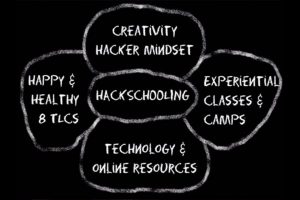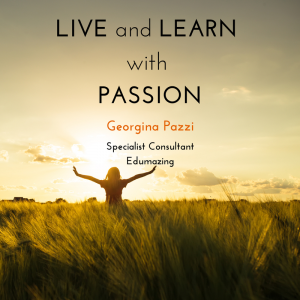Before you watch this video, try this – Choose a child in your classroom or your child and ask yourself “What do they really want to be when they grow up? Now make the time to watch a truly inspirational video.
This video challenges our thinking about what we believe is best for our children in education and in life. Logan also challenges the way education can be if we started to think differently.
Logan talks about hackschooling and the four ways he believes will help him create a happy life. He values the opportunity to be creative and recognises the way schools are not creative enough. Technology is also important to his learning and he demonstrated how he used it to explore his own interests. Autonomous learning was evident in what he was doing, and being able to learn outside classroom walls gave Logan increased possibilities to explore his environment, learn with others, connect with his community, become independent and interdependent and develop a love of nature.
It is understandable that teachers would say, ‘but accountability in education is a huge issue and we couldn’t possibly do this with our students.’ What I would like to say is, think about what is possible? How can we stretch the boundaries of learning so that our students are not restricted by walls? How can technology play a greater part in flattening their world so that they connect and learn with people from other countries? How can we make learning a life experience instead of a schooling being separate to life?
I remember showing this video to a group of educators at the beginning of this year. After watching it they were all inspired to hack their teaching and student learning. They were stretched to consider what schooling would look like if there were no limitations. They could also see how it was possible to foster a student-directed learning environment. I found it refreshing as I noticed their excitement to start the year with greater purpose as they planned new opportunities to create inclusive and innovative learning experiences.
I once visited Year 11 students in an alternative education setting. Although they were not in mainstream schooling, what I saw was nothing different to what I would see in many classrooms. Desks with students watching a video based on a text they were studying and then commenting on what they saw. I asked them this question: “What would need to change in this space to motivate you to learn, to be happier and want to be here?” All of them except one student (who then also agreed anyway) said they would love to listen to music. The teacher looked at me and said “I’ve never asked this question before.”
Have you ever asked your students or child what they really want to be now and in the future? Have you asked them what would help make them happier at school or at home? If you haven’t, maybe it’s time you did.



